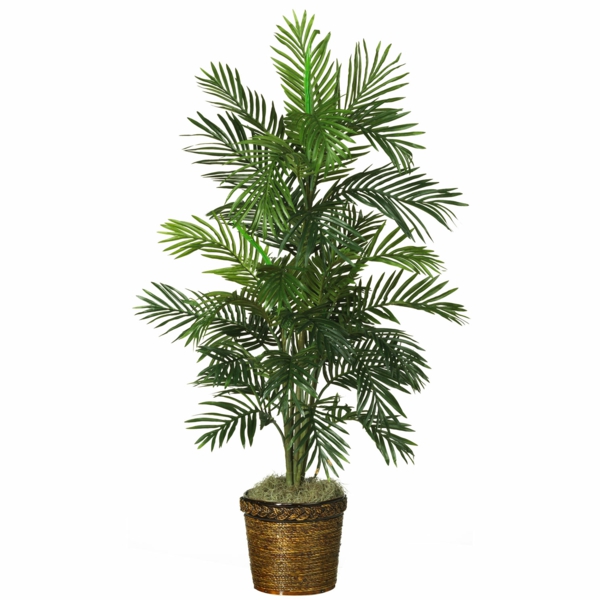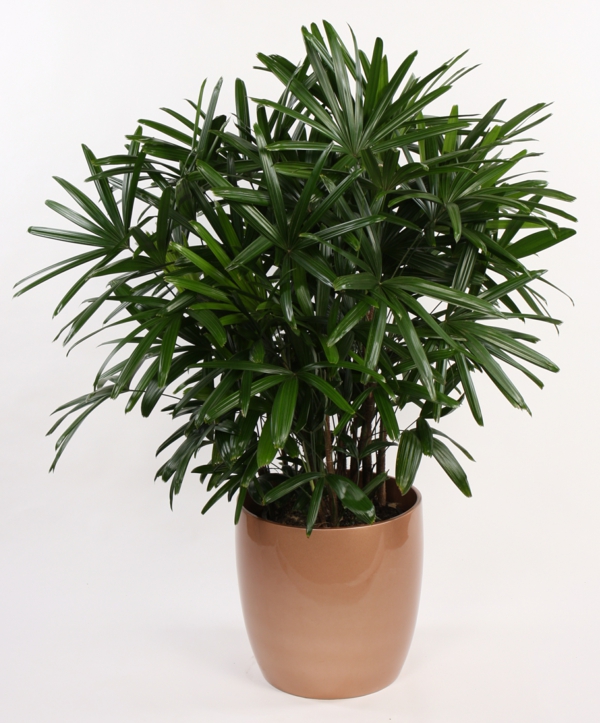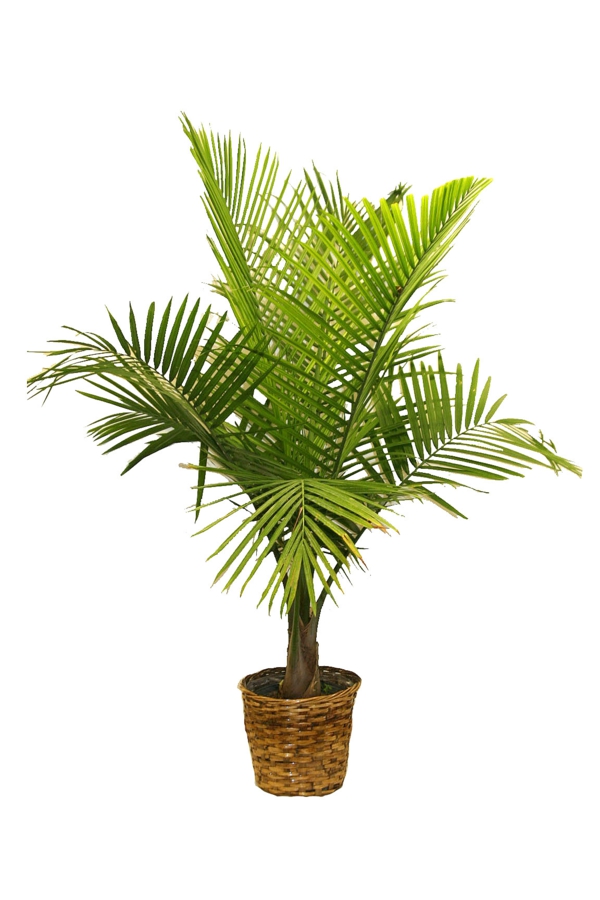Palm species as indoor plants – hardy, exotic solutions
Give your home an exotic freshness
When it comes to palm trees, we immediately recall the romantic South Sea islands with exotic fruits, white sand beaches, crystal clear lagoons and suntanned dancers decorated with flowers. Unfortunately, many of us have not visited such a retreat until now, but hopefully we will be able to fulfill that dream someday.
But something else we can easily realize and, in fact, the exotic ones Palm species as indoor plants use. Do not regret growing such tropical plants and bringing an exotic touch to your interior.
Remarkably, this elegant green on grasses and bamboo is tolerant of neglect and resistant to disease and insects. The palms are known for their tolerance to atrocities such as low luminous intensity, plant containers overcrowded with roots, rare irrigation and air conditioners.
Even the early Egyptians and Babylonians accepted the palm species as a velvet drongo. Their versatility is highly appreciated by the gardeners. With its 210 genera and 2,780 species, the palm family offers varieties that come from a warm, temperate climate. The majority comes from South Asia and the tropical places in America, where they thrive and, as the Arabs say, “with their feet in the water and their heads in flames” grow.
Palm species as indoor plants

Feathers and pendants
As you might guess, the palm trees are easy to maintain because of their diversified habitats. The botanical separation of plants, based on their foliage structure, provides a useful framework for exploration.
By and large, the types of feathers are the most popular, decorative palms. Among those are still Chamaedorea, Chrysalidocarpus, Howea, and To call Phoenix.
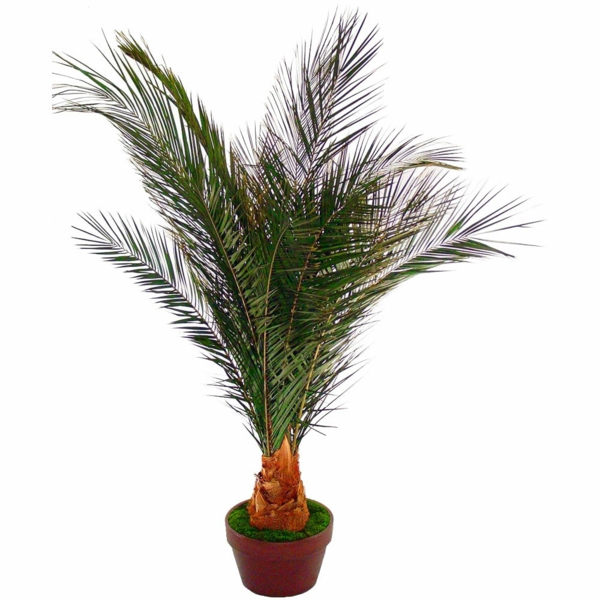
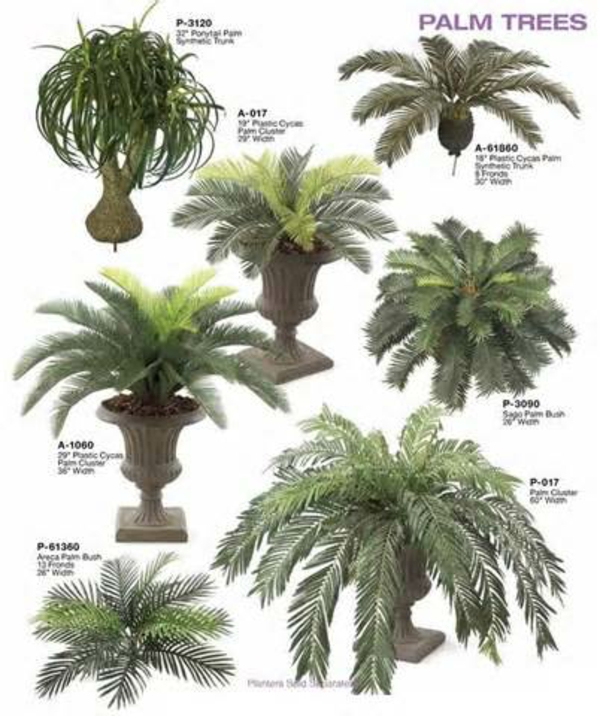
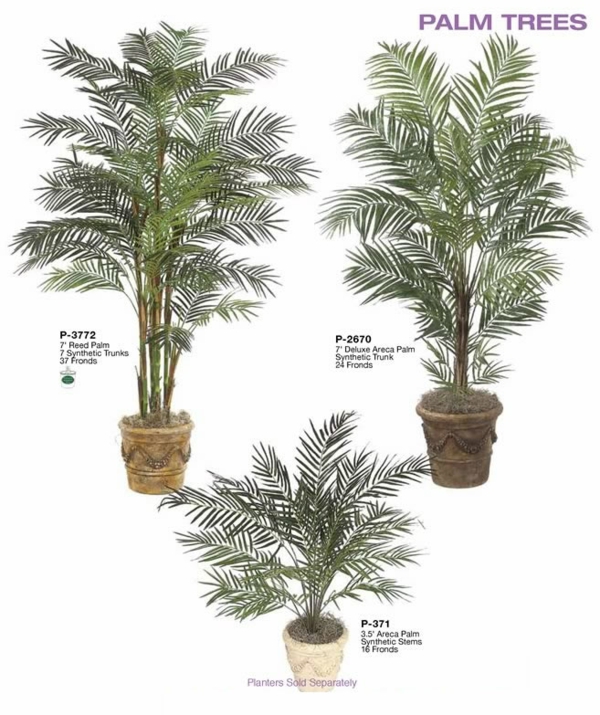
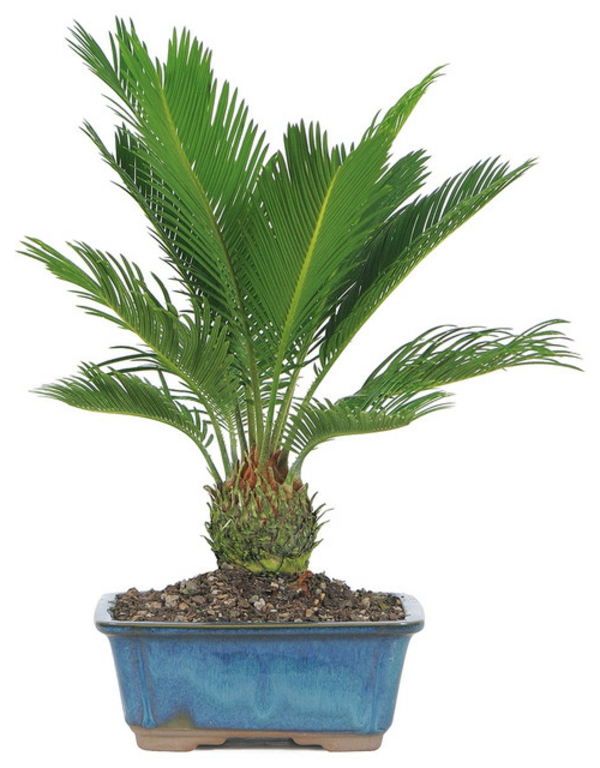

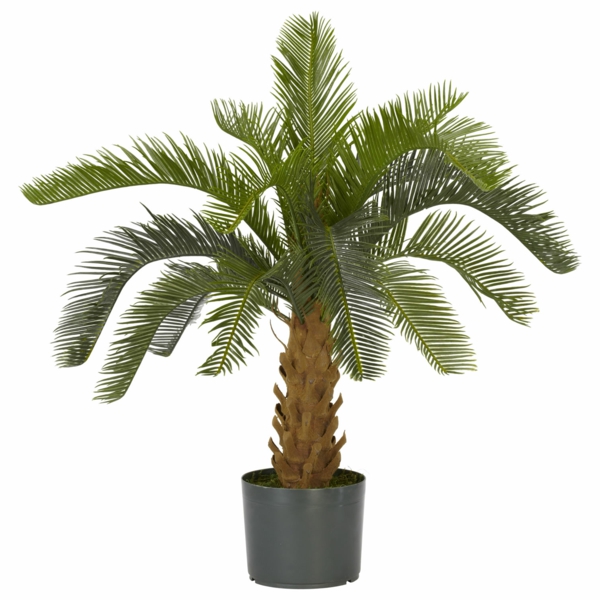

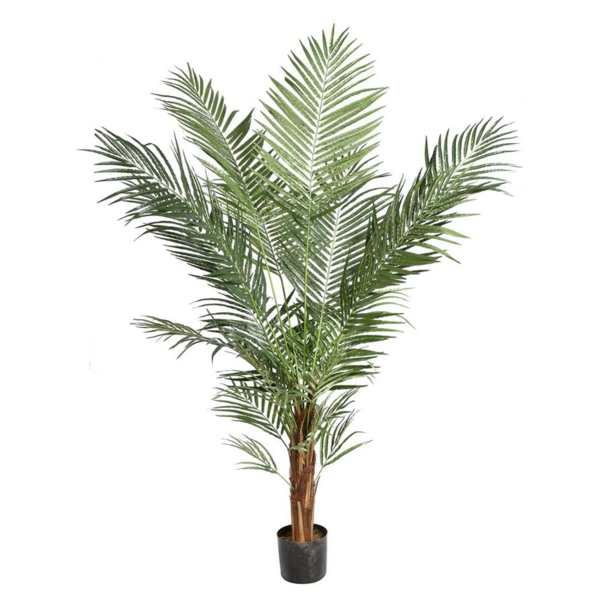
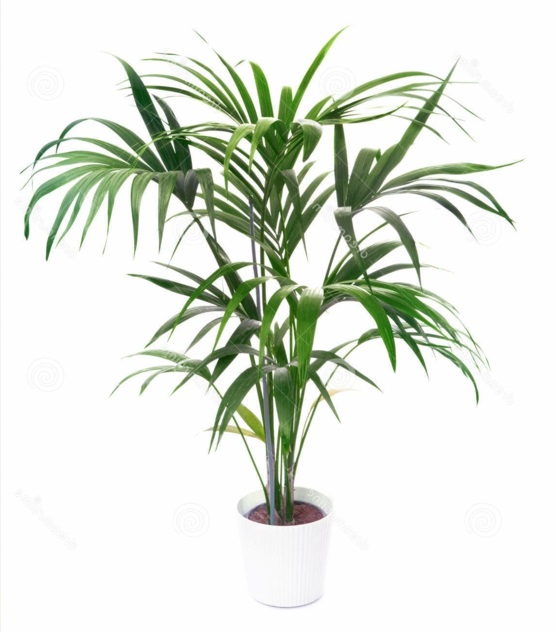


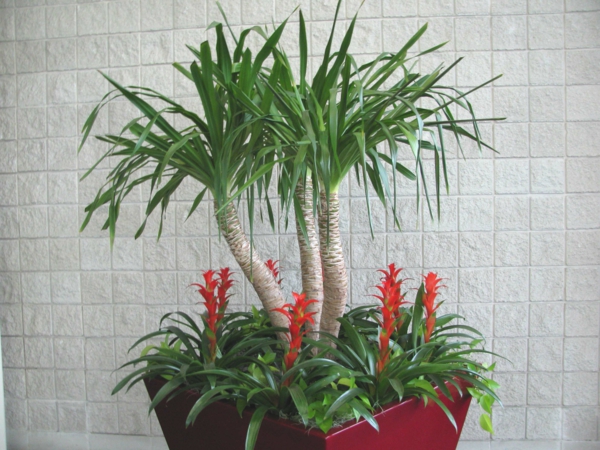
Hardy and tropical

